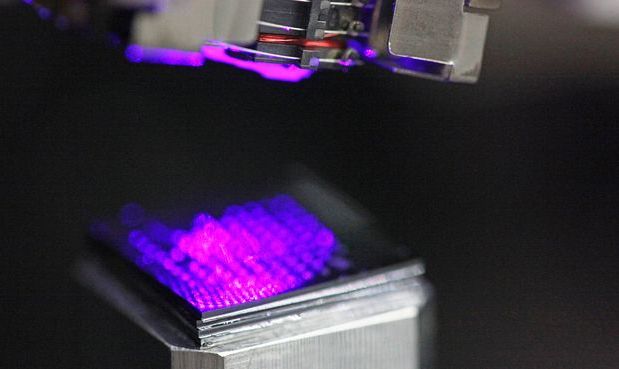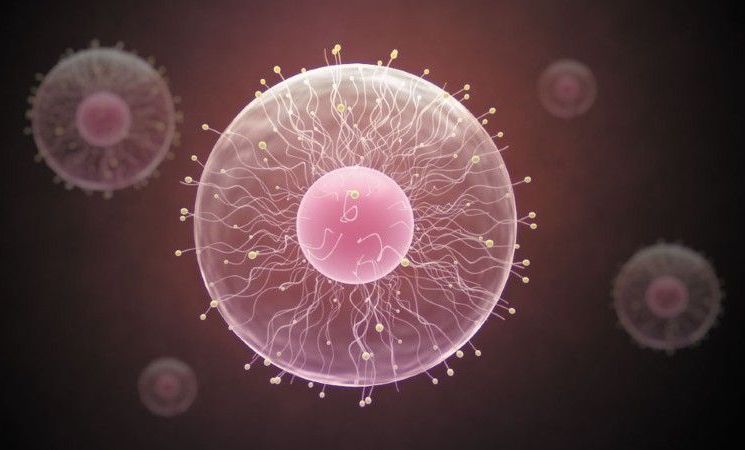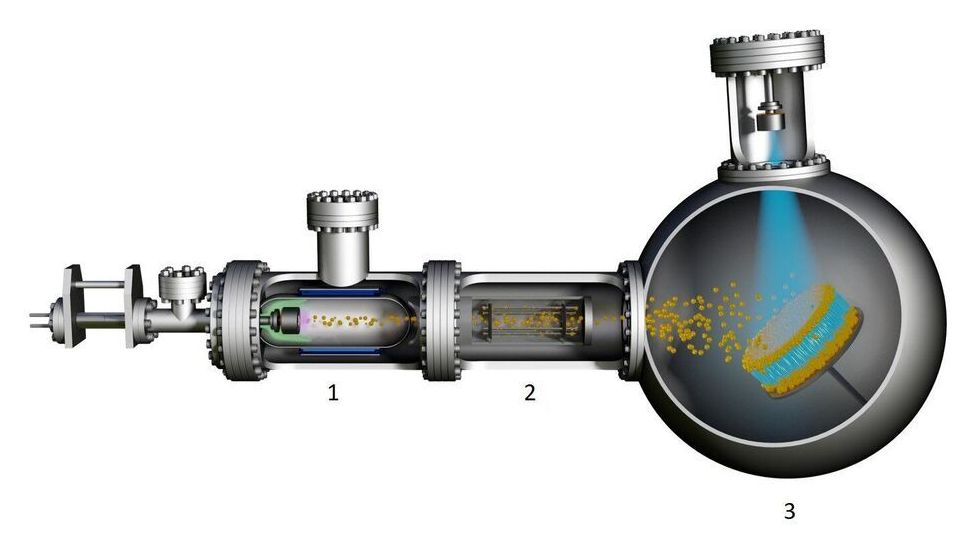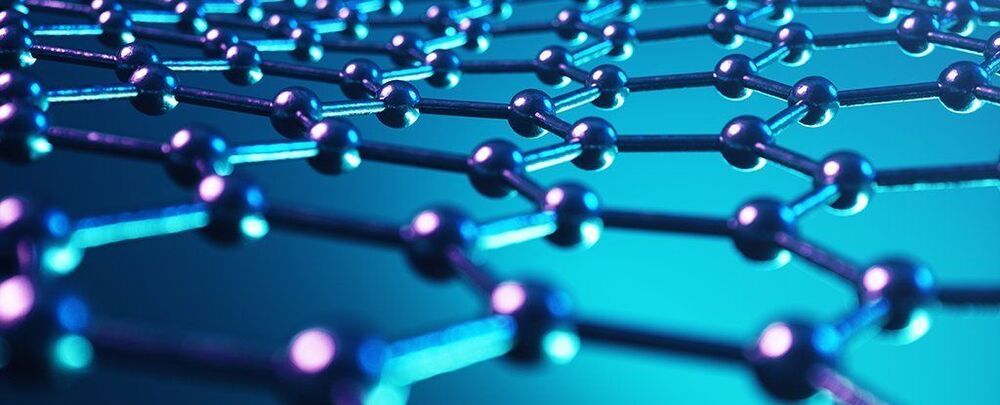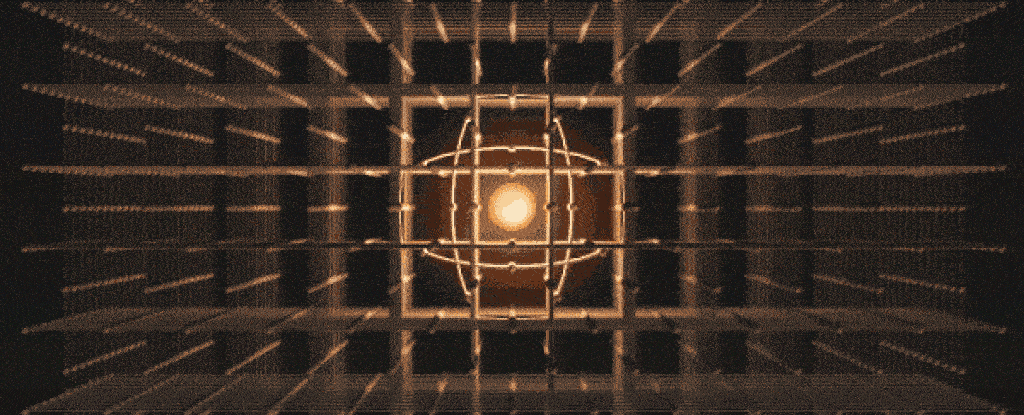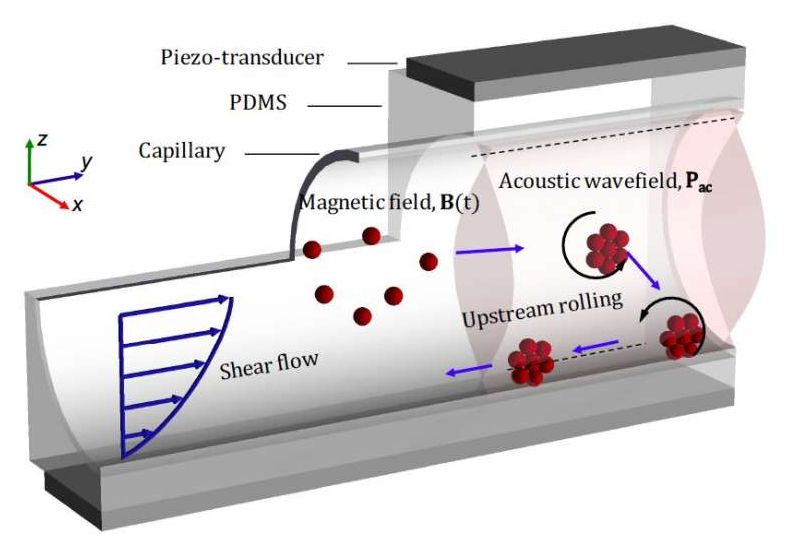Researchers from the Technical University of Denmark (DTU) have repurposed a component from a Microsoft Xbox 360 to develop a high-resolution large-volume nanoscale 3D printer with various applications in the medical sector.
The team took an optical pick-up unit (OPU) component from an Xbox 360 console to replace a conventional Stereolithography (SLA) optical system, in order to drastically simplify the SLA 3D printing system. With the OPU costing less than $5, the researcher’s solution could potentially increase the affordability of such equipment by thousands of pounds.
“With our 3D printer that can print micro and nanoscale 3D objects, we are able to go from tens of micrometers in printing resolution down to hundreds of nanometers without expensive specialized components,” said DTU PhD Student Tien-Jen Chang and research team member.
